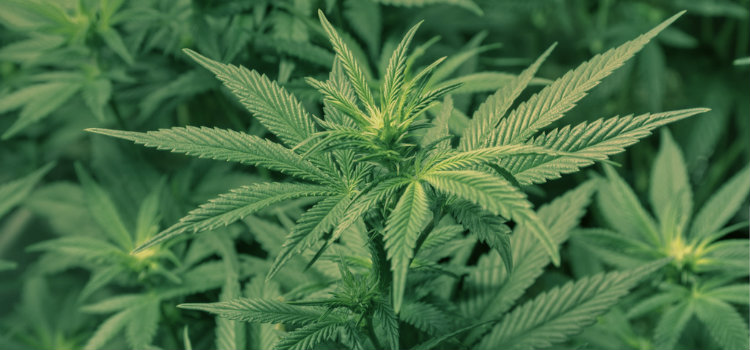For more than 50 years, medical researchers in Israel have been forging new ground in the field of cannabis research, particularly in regards to medical use.
The Father of Marijuana Research
In the early 1960s Raphael Mechoulam, sometimes called the “Father of Marijuana Research,” and his team established the structure of cannabidiol (CBD) and a year later they isolated and synthesized THC, the main psychoactive ingredient in marijuana.
As a junior faculty member during the 1960s at Weizmann Institute in Rehovot, Israel, Mechoulam was interested in the chemistry and actions of natural products. One of his topics was cannabis. As there was virtually no contemporary research on the topic, Mechoulam sifted through obscure 19th century medical journals in various languages, primarily French, German and Russian, where he found early works by doctors and medical researchers curious about the plant.
However, in the 19th and early 20th centuries, methods to isolate the cannabinoids (a term Mechoulam coined) were rudimentary. By the time Mechoulam began his work, liquid-solid chromatography, a chemical separation process method, had undergone significant improvements making it possible to conduct research using much smaller porous particles.
Israel’s innovative research
During subsequent years Mechoulam and his research team isolated other cannabinoids. His work has served as the foundation for groundbreaking advancements around the world in studying the chemistry of the internal composition of cannabis and how its compounds can be isolated for testing. It was Mechoulam’s early experimentation that first brought to light the benefits of THC in treating nausea from chemotherapy. Other early experiments pointed to the connection of CBD in treating epilepsy, a hypothesis that has been gaining considerable attention in recent years.
Mechoulam’s pioneering efforts have furthered advancements in studying medical marijuana around the world, but Israel continues to be an innovator. A recent study by Dr. Yosefa Avraham and Professor Elliot Berry in Jerusalem show promising results using cannabidiol in the prevention and treatment of liver cirrhosis and hepatic encephalopathy. Results of their extensive studies indicate, “cannabidiol restores liver function, normalizes 5-HT levels and improves brain pathology.”
Exploring the borderlines
In a field with as many ambiguities as marijuana, it’s not surprising that the philosophy motivating the research is as compelling as the science behind it. In a 2007 Journal Interview from The Society for the Study of Addiction Mechoulam stated, “I found research at the borderline of chemistry and biology fascinating. I believed then, and I still believe, that the separation of scientific fields is just an admission of our limited ability to learn and understand several scientific areas. In nature, the border does not exist. If a leaf and tree were able to think, they would not know the difference between chemistry and biology.”
It may be these borderline areas are the future of marijuana research. The early inroads opened up by pioneers like Mechoulam have helped establish marijuana as a viable medical resource, but there is still a long way to go in understanding the full impact it could have on medicine.
Photo Credit: Mark
Get daily cannabis business news updates. Subscribe
End
